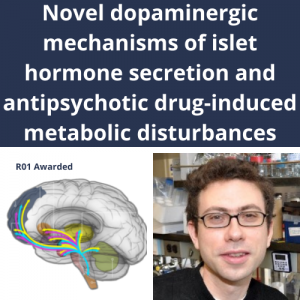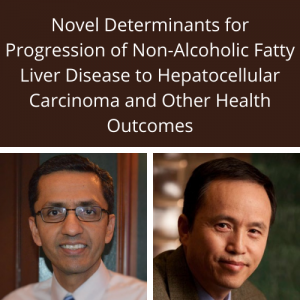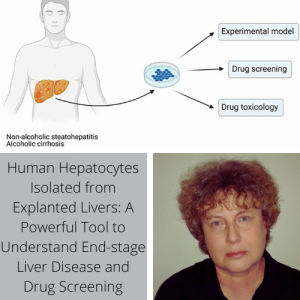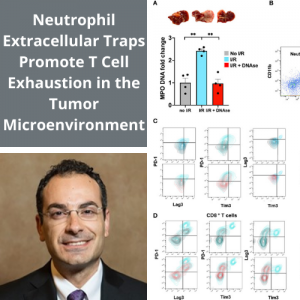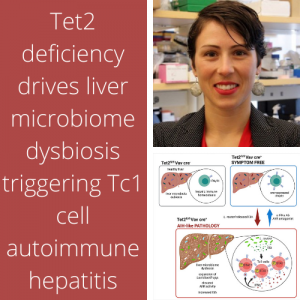


Pictured left to right: J. Behari, E. Kershaw, V. Rachakonda
Vikrant Rachakonda, Rachel Wills, James P. DeLany, Erin E. Kershaw, and Jaideep Behari. “Differential Impact of Weight Loss on Nonalcoholic Fatty Liver Resolution in a North American Cohort with Obesity.” Obesity (Silver Spring). 2017 Jun 12. doi: 10.1002/oby.21890. [Epub ahead of print]
ABSTRACT — OBJECTIVE: Nonalcoholic fatty liver disease (NAFLD) is closely associated with obesity. In this study, a North American cohort with obesity enrolled in a lifestyle modification program was examined to determine the impact of weight loss on NAFLD resolution and sarcopenia.
METHODS: Nondiabetic individuals with World Health Organization Class II/III obesity enrolled in a 6-month weight loss intervention were included. Steatosis was measured using computed tomography (CT)-derived liver:spleen attenuation ratio. Body composition was assessed using dual X-ray absorptiometry, air-displacement plethysmography, and CT anthropometry.
RESULTS: At baseline, participants with NAFLD had greater visceral adipose tissue (VAT) but similar skeletal muscle area compared to those without NAFLD. After intervention, weight loss was similar in the two groups, but participants with NAFLD lost more VAT than those without NAFLD (-38.81 [-55.98 to -21.63] cm2 vs. -13.82 [-29.65 to -2.02] cm2 ; P€‰=€‰0.017). In the subset with NAFLD at baseline, participants with NAFLD resolution after intervention lost more VAT than those with persistent NAFLD (-57.23 [-88.63 to -25.84) cm2 vs. -26.92 [-52.14 to -26.92] cm2 , P€‰=€‰0.039).
CONCLUSIONS: In a Western cohort with obesity, NAFLD was not associated with sarcopenia. After lifestyle modification, there was a differential impact on NAFLD resolution, with twofold greater VAT loss in participants who resolved NAFLD compared with those with persistent NAFLD despite similar weight loss.
For full text, please click here.

